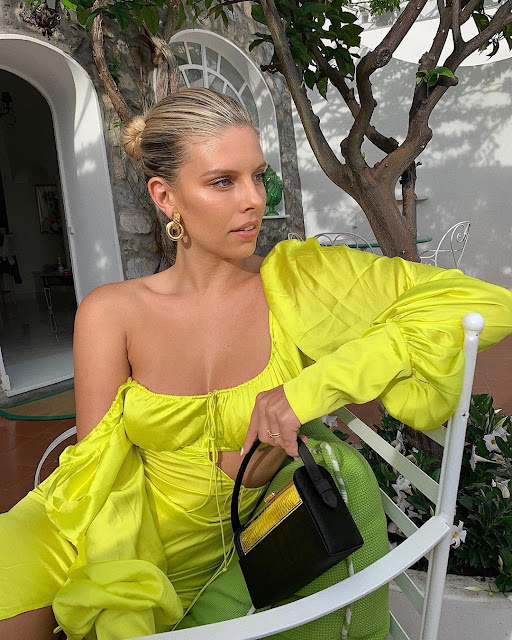Indian bridal trousseau is complete without the 'Kanjeewaram' sari, characterised by gold-dipped silver thread that is woven onto brilliant silk. Kanchipuram is a town in Tamil Nadu with more than 150 years of weaving tradition - completely untouched by fashion fads. Kanjeewarams are favoured for their durability. Kanjee silk is thicker than almost all other silks, and is therefore more expensive. The heavier the silk, the better the quality. Peacock and parrot are the most common motifs. Though lightweight kanjee saris are popular as they are easy to wear and cost very little, the traditional weavers do not like to compromise. While Korean and Chinese silk is suitable for light-weight saris (machine woven), only mulberry silk produced in Karnataka and few parts of Tamil Nadu, is right for the classic Kanjeewaram. The konrad or the temple sari is also a speciality item from Tamil Nadu. These saris were original woven for temple deities. They are wide bordered saris and are characterised by wedding related motifs such as elephants and peacocks, symbolising water, fertility and fecundity. Gadwal sari is made in cotton in a style influenced by the Benarasi weaves. While the ground of the sari is cotton, there is a loosely attached silk border. Copper or gold-dipped zari is generally used in these saris. The motifs of the murrugan (peacock) and the rudraksh are popular. Traditional colours for these saris are earth shades of browns, greys and off-whites. However, brighter shades have been introduced for the North Indian buyer Pashmina silk, kota silk, Mysore crepes, pochampallis and puttapakshi saris are also popular South Indian saris.
Gwyneth Paltrow Gives Us a Lesson in How to Fashion Up a Maxi Dress
Gwyneth Paltrow Gives Us a Lesson in How to Fashion Up a Maxi Dress Gwyneth Paltrow Gives Us a Lesson in How to Hot Up a Maxi Dress Asos We...

-
Bast and Hot mujra of Pakistani stage dances are originally related with North Indian territory. The mujra came from Mughal empires when som...
-
Kamna Jethmalani was born on december 11 in the year of 1985,Kamna is Indian Movie actress. She started her career in the year 2006 in Telu...



